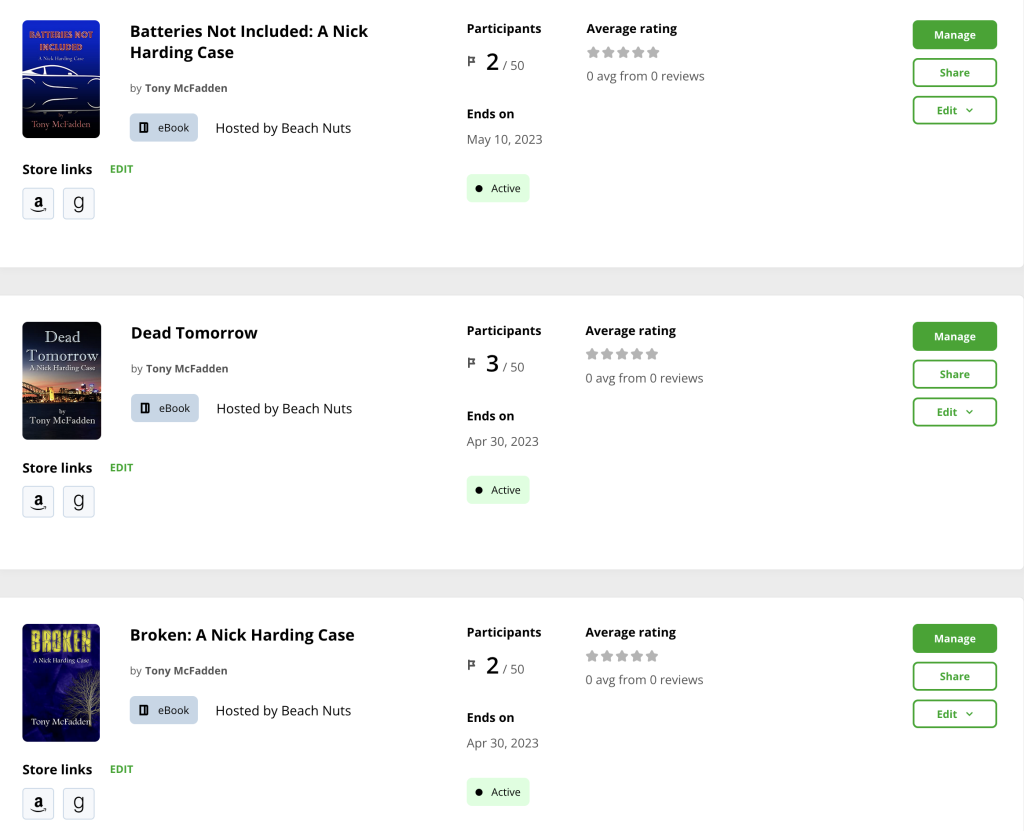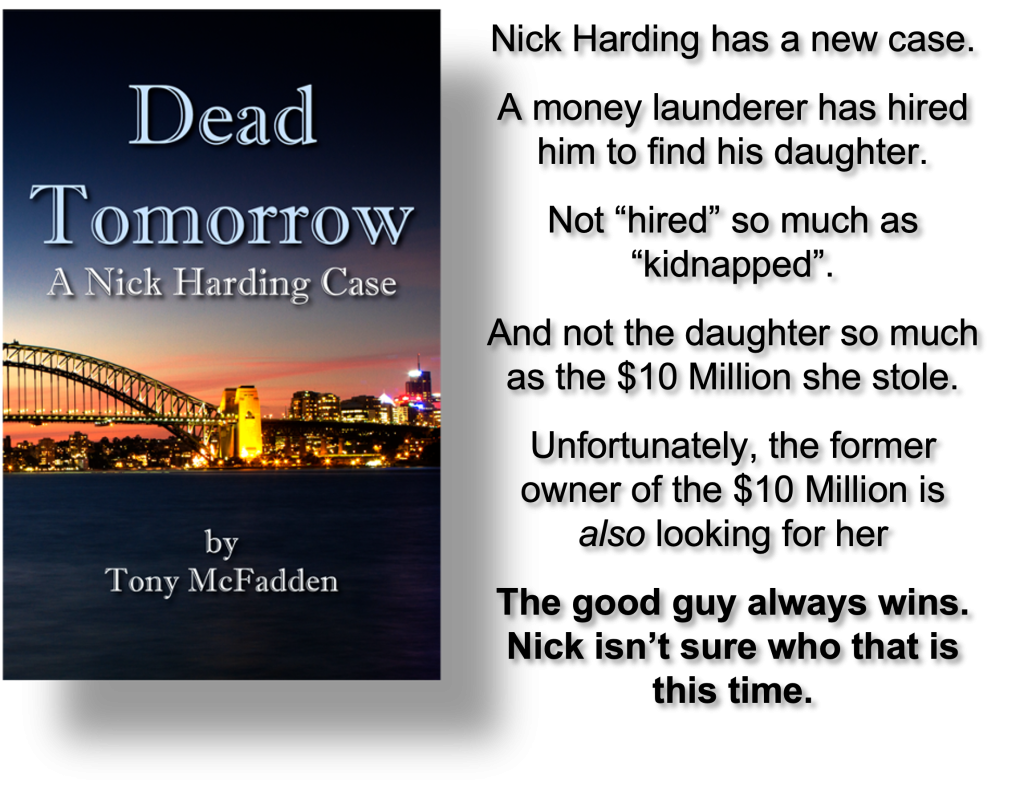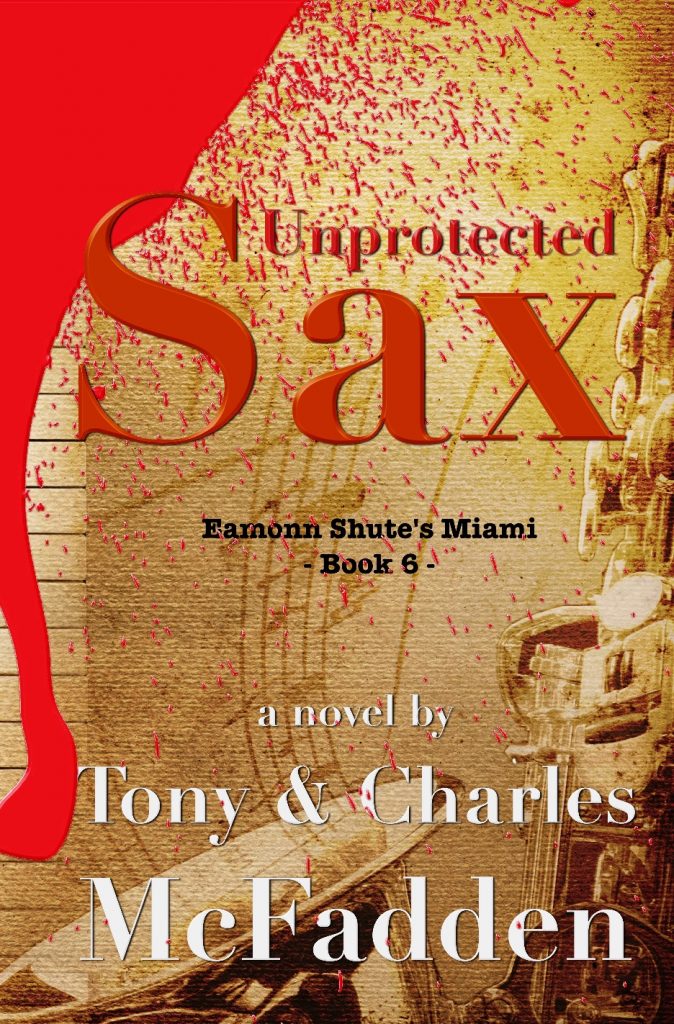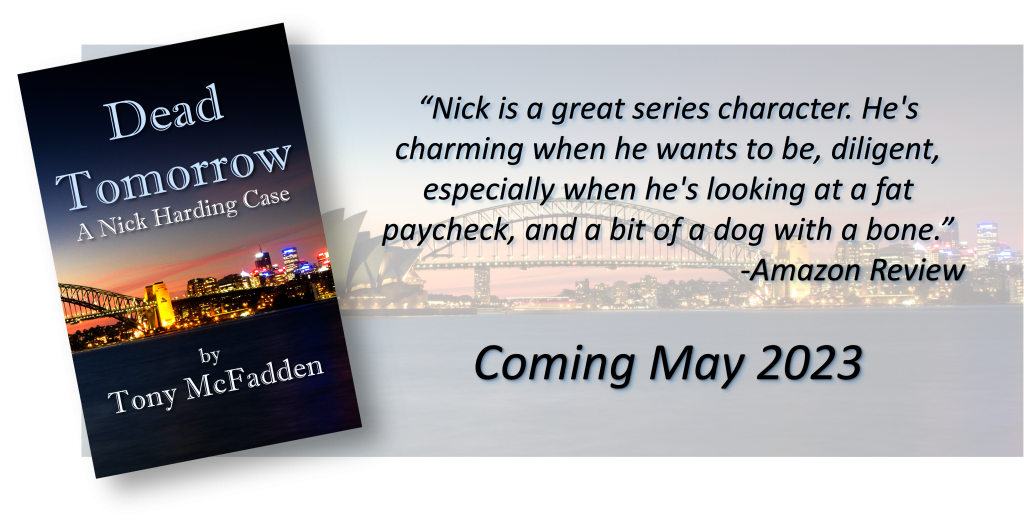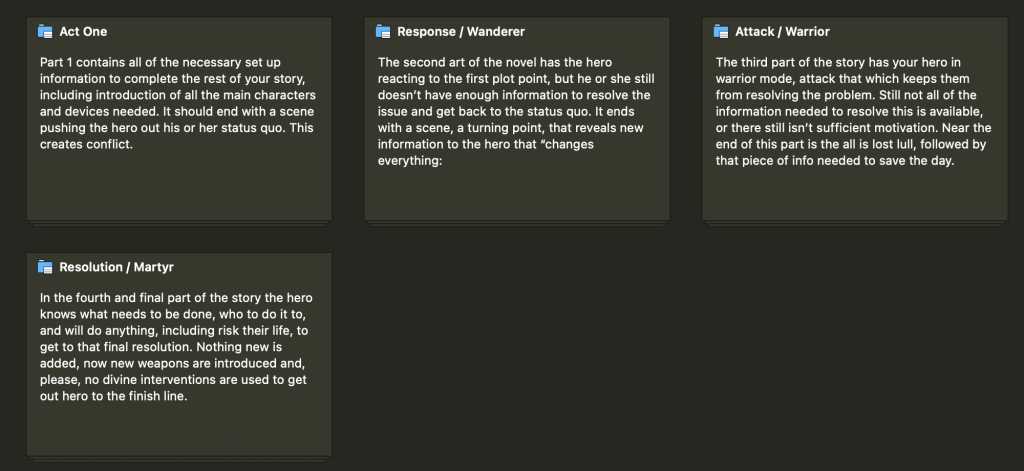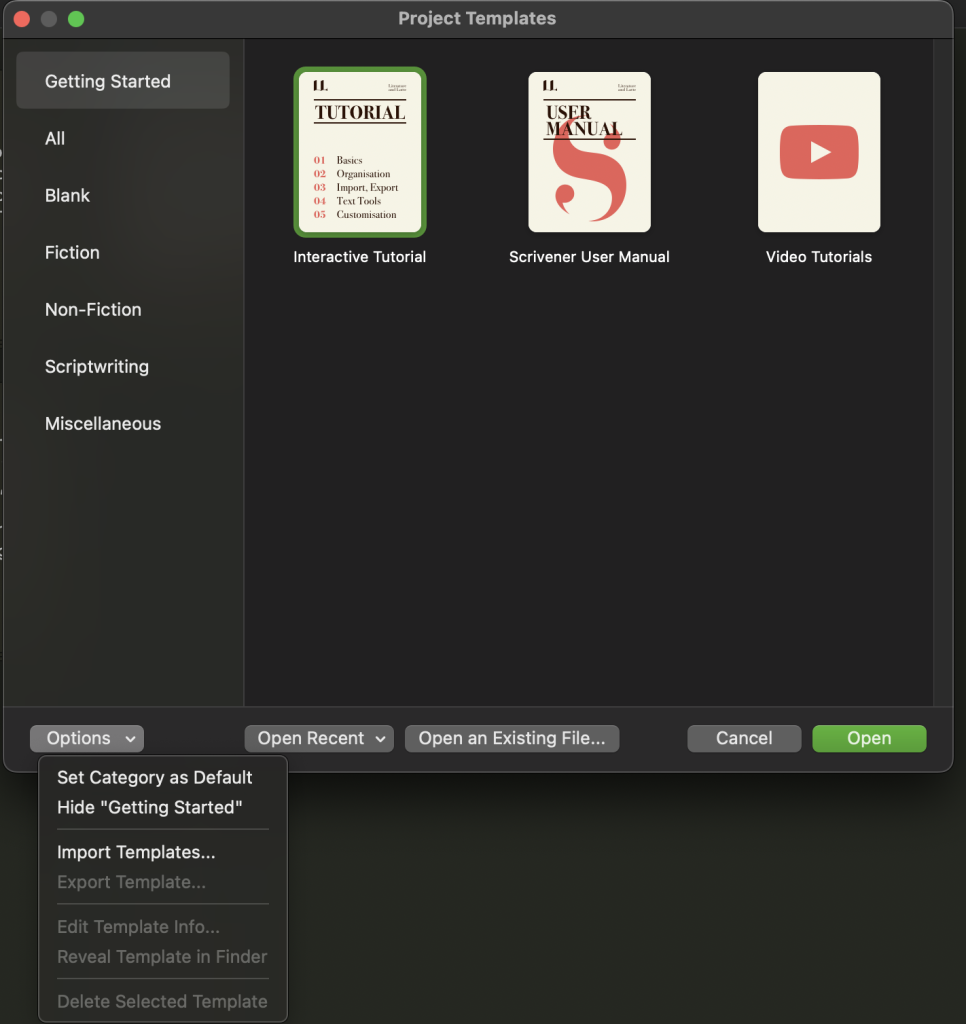
I asked ChatGPT to write a blog post about the importance of story structure. While not bad, I wouldn’t call it good. I don’t feel threatened.
Yet.
Here it is (edited slightly for some really bad grammar I couldn’t abide):
Stories have been an essential part of human communication for thousands of years. From the earliest cave paintings to modern-day films, stories have served as a way to convey meaning, emotion, and information. However, the success of a story depends not only on its content but also on its structure. In this blog post, we will explore the importance of story structure and why it is crucial for any writer or storyteller to master.
What is Story Structure?
Story structure refers to how a story is organized and presented to its audience. It is the framework that gives a story its shape and coherence. A well-structured story has a clear beginning, middle, and end and follows a specific narrative arc that engages the audience and keeps them interested.
The Importance of Story Structure
- It helps to create suspense and tension.
A well-structured story keeps the audience engaged by creating suspense and tension. It sets up the conflict, introduces the characters, and builds towards a climax that resolves the conflict. The audience is invested in the outcome, and the tension keeps them on the edge of their seats.
- It makes the story easier to follow.
A story with a clear structure is easier for the audience to follow. It guides them through the narrative and helps them understand the relationships between the characters and events. This makes it easier for them to connect with the story and become emotionally invested in the outcome.
- It gives the story coherence.
A story with a clear structure has a coherence that satisfies the audience. The events and characters are linked in a way that makes sense, and the resolution of the conflict feels earned. This coherence makes the story feel like a complete and satisfying experience.
- It helps the writer to stay on track.
A clear story structure can also help the writer to stay on track. It provides a roadmap for the story and helps the writer avoid getting lost in the details. This can be particularly helpful when working on longer fiction pieces, such as novels, where it is easy to lose sight of the overall narrative.
Elements of Story Structure
There are several elements of story structure that writers should be familiar with:
- The Beginning: This is where the story sets up the conflict and introduces the characters.
- The Middle: This is where the story develops the conflict, and the characters face obstacles and challenges.
- The Climax: This is the high point of the story, where the conflict is resolved.
- The End: This is where the story wraps up, and the characters are changed by their experiences.
In addition to these elements, many stories have subplots and secondary conflicts that add depth and complexity to the narrative.
Conclusion
In conclusion, the importance of story structure cannot be overstated. A well-structured story is engaging, easy to follow, and satisfying for the audience. It also helps the writer to stay on track and avoid getting lost in the details. By mastering the elements of story structure, writers can create stories that captivate their audience and leave a lasting impression.
So what do you think? Should I hang it up?


